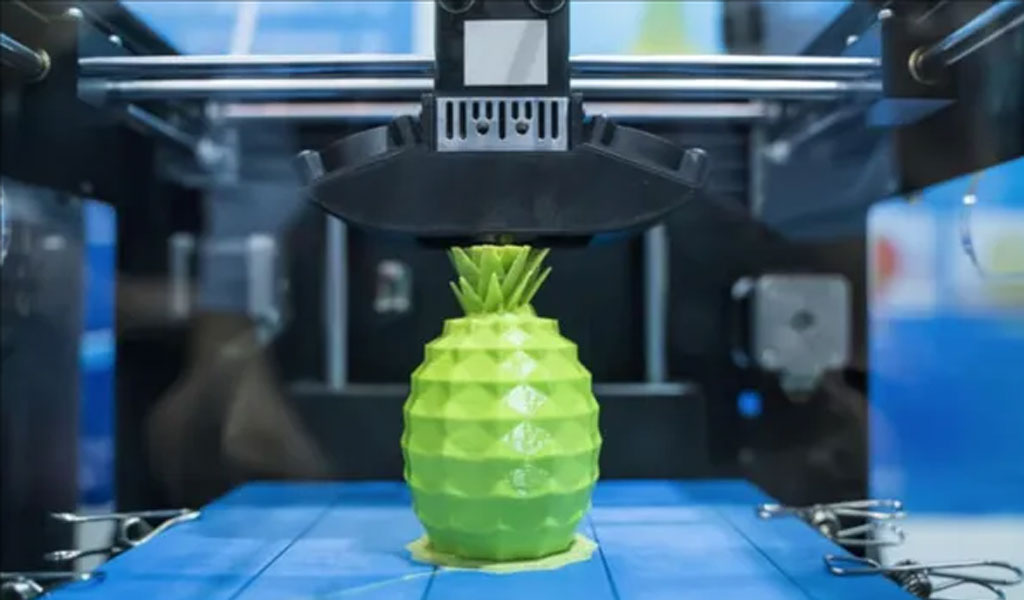When it comes to the benefits of 3D printing, the two frequently mentioned benefits are the ability to customize parts and achieve small and medium batch production in a cost-effective way. IBL Hydronic, headquartered in Germany, is such a company committed to maximizing the advantages of 3D printing technology. Antarctic bear learned that in order to help produce customized control systems for machines and vehicles and other applications, the company has turned to selective laser sintering (SLS) technology, specifically the Fuse 1 ecological printing system of Formlabs.
Since its founding in 1987 by Dr. IngThomas L ö cher, IBL Hydronic has been famous for its customized electronic, hydraulic and software solutions. It covers a number of business areas, including but not limited to construction, agriculture and forestry, and specialized machinery and vehicles. The company mainly produces its components internally and focuses on solving the individual challenges and needs of each customer, developing specific solutions for each customer. For these reasons, 3D printing provides an ideal solution through Formlabs’ Fuse1 SLS 3D printer.
In addition, IBL Hydronic is not the only one benefiting from Formlabs technology. In recent years, Formlabs has continued to innovate in SLS and SLA solutions, which can be used in more fields and applications. The company will display and demonstrate Fuse 1+30W and other products, including parts from IBL Hydronic, at the booth of Formnext 2022 (Hall 11.1, Booth E11). At this additive manufacturing event, participants can see how SLS 3D printing is used for functional prototypes and complex hydraulic end use components, as well as other technical solutions of Formlabs.
Use SLS 3D printing for customized automatic control system
When IBL realized that they had reached the structure and design limit of the traditional production process, they began to consider whether 3D printing could provide new solutions. Industry trends have also prompted them to do so, as the company, like many in the industry, tends to produce vehicles and equipment in small quantities, about 100 to 250 parts. This makes it impossible to invest in large internal production fleets, especially for traditional methods such as injection molding.
After trying different 3D printing technologies, they invested in the Fuse 1 SLS 3D printer of Formlabs in 2019. Since then, the company has steadily increased its 3D printing business to meet the growing demand. Tom Heindl, 3D printing technology product designer of IBL Hydronic, explained: “Having SLS 3D printer means that we no longer need to use CNC milling, turning or machining and other manufacturing methods. This certainly saves us a lot of time, money and space.” SLS 3D printing is particularly attractive because it allows printing without supporting structures, opening the door to more valuable projects that they could not complete before.
Now, 3D printing plays a key role in the company’s creation of its own solutions. The team has seen many benefits from additive manufacturing technology. The first, of course, is the speed and flexibility provided by this technology. These advantages are the basis of the new control module development process. Even large design changes can be implemented quickly and high-quality prototypes can be produced within two to three weeks. In addition, they are able to focus on customer needs at an unprecedented level, which is their unique selling point in the market. The company also points to ease of operation and, of course, more cost-effective parts production.
The importance of SLS 3D printing to the company can also be seen from the success of IBL’s latest project, which is a control panel for agricultural machinery manufacturers and must be customized for specific machines. The project was not only completed in a record time, the control module was completed and ready for display in a month, but SLS 3D printing can create functional and visually appealing designs. The company is expected to continue to expand its scale and broaden its vision. Heindl concluded: “If we did not invest in internal 3D printers and learn this process, we would not get some customers.”
Learn more about SLS advantages at Formnext 2022
Of course, the case of IBL is just one of many applications completed by using the SLS and SLA 3D printing solutions of Formlabs. For those who are interested in learning more about these technologies, Formlabs will show more application cases to various users at booth E11 in Hall 11.1 of Formnext. Together with IBL, attendees will be able to see examples from customers such as Vital Auto, XSpecter, or Deutsche Bahn.
In addition, Formlabs will present a new solution at the exhibition. The follow-up product of Fuse 1 and the next product of Formlabs SLS series, Fuse 1+30W, will be exhibited together with Form 3+, Form 3B+, Form Wash, FormCure, Form 3L, Form 3BL and 40+high-performance materials. Fuse1+30W is particularly exciting because Formlabs points out that it can print twice as fast as the previous generation and also unlock the use of new high-performance materials.

